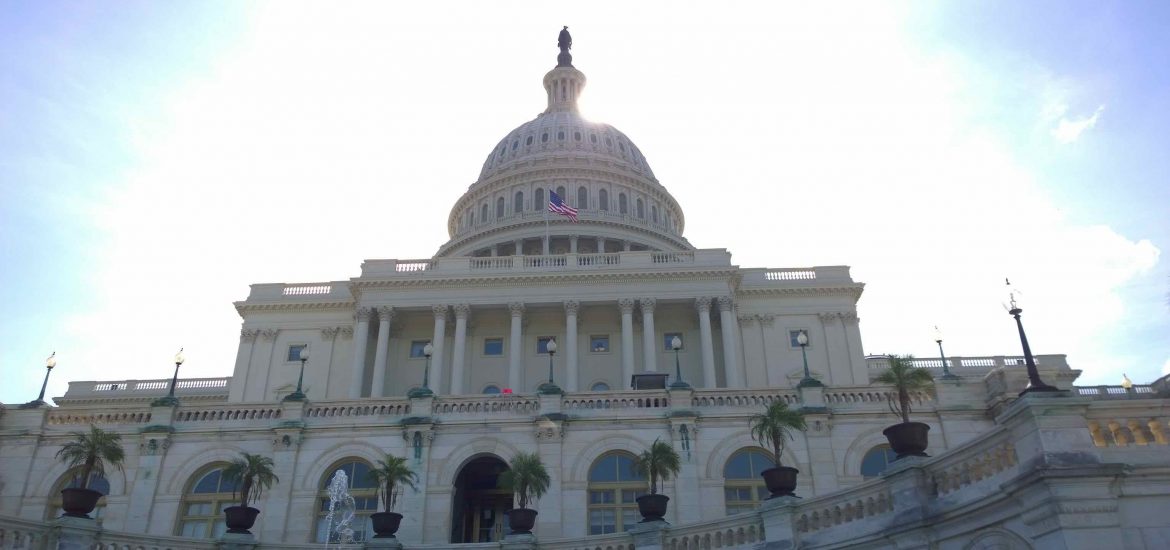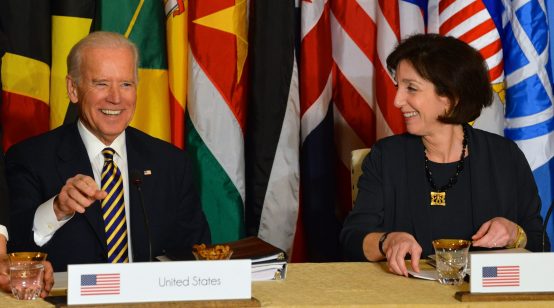
On 6 November 2018, Americans will go to the polls to render their judgment on the performance of the Trump Administration for the first time in a meaningful way. Though Trump won’t be on the ballot, the president will surely shape the outcome of these congressional elections. The impact of the election will be felt across a host of policy spheres—and U.S. climate policy will be no exception.
The midterms may well constrain the Trump Administration’s ability to carry out their preferred climate policy. Even under the most favorable electoral outcomes for Democrats, however, the executive power enjoyed by the Trump Administration will continue to give it meaningful policy latitude. Progressives are not likely to see their own climate policies enacted.
A Congress divided
To begin with, consider the dynamics that are likely to inform the outcome of the 2018 midterms. Firstly, the party that controls the presidency typically loses seats. Secondly, Donald Trump, despite inheriting and presiding over an economic expansion, is suffering from approval ratings that are currently hovering around 42%. Thirdly, Republicans face a very favorable map when it comes to the Senate—Trump’s party is defending nine seats, while Democrats are trying to hold 26.
Taken together, third-party analysts believe that it is more likely than not that Democrats will win control of the House of Representatives, while Republicans will retain control of the Senate and, of course, the presidency. In short, the United States government will remain divided through 2020.
Potential energy
The climate policy implications of this new era will be material. Assuming that Democrats claim the gavel in the House, they will be eager to use their newfound power to crimp President Trump’s climate agenda wherever and however possible.
First and foremost, divided government will mark the end of the Trump Administration’s legislative agenda. The major energy-related legislation signed into law during these past two years has relaxed federal regulation on fossil fuel producers. If past is prologue, it is safe to assume that further deregulation of oil, gas and coal companies will be off the table, at least legislatively.
In addition, Democrats will be keen to exercise the power of the purse—the ability of Congress to appropriate federal funding for climate and clean energy programs. To some degree, the Trump Administration has already been stymied in this regard. The most recent spending package to emerge from Washington, for example, ignored the administration’s call for a $1.3-billion reduction in funding for the Department of Energy’s clean energy programs and instead boosted funding by 15%. This indifference to—or outright repudiation of—Trump’s funding priorities will only increase if Democrats wield more power at the federal level.
Third, Democrats will be better positioned to bring to bear pressure on Trump officials responsible for carrying out the administration’s climate policy. Over the past two years, climate officials such as former Environmental Protection Agency Administrator Scott Pruitt and Department of Interior Secretary Ryan Zinke ensnared themselves in scandal, even as Republican elected officials either ignored or actively abetted their malfeasance. Possessed of the ability to conduct investigations, hold hearings, and readily book themselves on cable television, Democrats are likely to uncover more bad behavior on the part of the Trump Cabinet. These scandals-to-be will force the administration to spend more time fending off Congressional Democrats and less time carrying out their agenda.
They’ll always have Paris
For all the newfound influence that Democrats may possess after the midterms, however, Donald Trump and his executive branch will continue to set the terms of U.S. climate policy. This reflects how power is shared among branches of the U.S. government and how the Trump White House has already exercised the power endowed to it.
Put simply, Donald Trump’s climate agenda has already been set into motion without congressional input. The Environmental Protection Agency is watering down the Clean Power Plan, an Obama-era rule that aimed to reduce carbon emissions from the power sector by more than 30% by 2030. Federal regulators are also revisiting emissions standards for automobiles operating in the United States. And, of course, Trump proudly withdrew the United States from the Paris Accord.
The ability of newly elected Congressional Democrats to reverse these policies is decidedly limited, and other venues are likely to present better opportunities to challenge or bypass the administration. Indeed, if there is a silver lining to be found in the Trump White House’s climate policy, it is that federal courts have slowed several efforts to weaken environmental protections and that American cities, states, and firms have locked arms to meet the Paris climate goals, even in the absence of federal action.
The notion that divided government could alternatively herald a bipartisan consensus on climate policy is, at least in the near-term, more fiction than fact. Even if a handful of House Republicans have tepidly embraced climate science, climate denialism remains the default policy position of Republicans at the federal level. To the extent that climate legislation begins to bubble up from Washington after the 2018 elections, it will be for reasons of public relations; Congressional Democrats want to signal to the country where they would take U.S. climate policy if given control of Congress and the White House in 2020.
All told, those eager to see a turnabout in U.S. climate policy should keep their expectations in check. Democratic control of the House, if not the whole of Congress, may slow President Trump’s agenda, but it cannot unwind what is already being done and will not substitute progressive policies made in its place. Regardless of this November’s results, a more forward-thinking climate policy will have to wait until after 2020.





